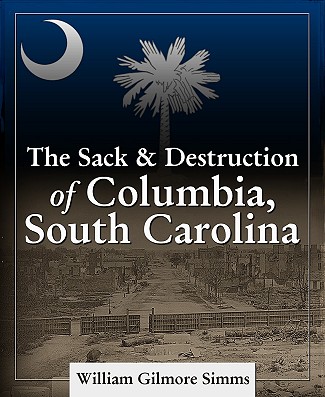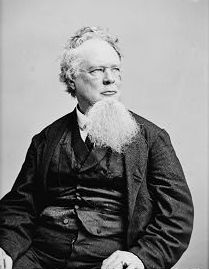
|
The Sack and Destruction of Columbia, South Carolina By: William Gilmore Simms
|

|
The Sack and Destruction of Columbia, South Carolina By: William Gilmore Simms
|
ABOUT THE BOOK
In late 1864 and early 1865, 62,000 battle-hardened Northern soldiers, under the command of William Tecumseh Sherman, marched through Georgia and South Carolina, destroying everything in their path. Sherman had promised that he would “make Georgia howl” and “punish South Carolina as she deserves” for her “sins” against the Union. In the name of “destroying slavery” and with the blessings of Abraham Lincoln, Sherman’s troops destroyed civilian homes, desecrated graves, raped and murdered helpless women and children, and left thousands, both White and Black, in their wake to forage through the destruction for what food they could find. This book details the horrors experienced by the citizens of Columbia, South Carolina at the hands of their Northern invaders. This expanded edition includes an additional eyewitness account of the burning of Columbia by Dr. Daniel Trezevant.
| |||||

|
William Gilmore Simms , (1806-1870) is a native of Charleston, South Carolina. He was born April 17, 1806. His father, who bore the same name, was of Scoto-Irish descent, and his mother, Harriet Ann Augusta Singleton, was of a Virginia family, which came early to the state and was found in the Revolutionary times on the Whig side. William Gilmore Simms, the elder, having failed in Charleston as a merchant, removed to Tennessee, where he held a commission in Coffee's brigade of mounted men, under the command of Jackson, employed in the Indian war against the Creeks and Seminoles. His wife died while our author, the second son, was in his infancy, and he was left in the absence of his father to the care of his grandmother. |
|
Though his early education derived little aid from the pecuniary means of his family, which were limited, and though he had not the benefit of early classical training, yet the associations of this part of his life were neither unhappy nor unproductive, while his energy of character and richly endowed intellect were marking out an immediate path of mental activity and honor. Choosing the law for a profession, he was admitted to the bar at Charleston at the age of twenty-one.
He did not long practise the profession, but turned its peculiar training to the uses of a literary life. His first active engagement was in the editorship of a daily newspaper, the Charleston City Gazette, in which he opposed the prevailing doctrines of nullification; he write with industry and spirit, but being interested in the paper as its proprietor, and the enterprise proving unsuccessful, he was stripped by its failure of the limited patrimony he had embarked in it.
The commencement of his career as an author had preceded this. He wrote verses at eight years of age, and first appeared before the public as a poet, in the publication, about 1825, of a Monody on Gen. Charles Cotesworth Pinckney. A volume, Lyrical and other Poems, appeared from his pen, in 1827, at Charleston, followed by Early Lays the same year. Another volume, The Vision of Cortes, Cain, and other Poems, appeared in 1829, and the next year a celebration, in verse, of the French Revolution of 1830, The Tricolor, or Three Days of Blood in Paris.
In 1832 Simms visited New York and became acquainted with the growing literary circle emerging in that city. Upon the death of his wife, Simms remarried, this time to a daughter of a wealthy planter and was elected to the state legislature. Simms was also a novelist and essayist, but foremost a poet, and an acclaimed one.
|
|
The Sack and Destruction of Columbia, South Carolina originally published in 1865 paperback; 116 pages - The Confederate Reprint Company |